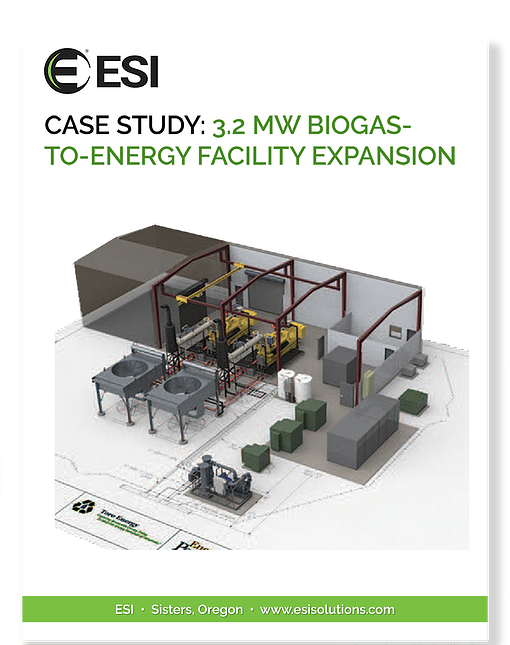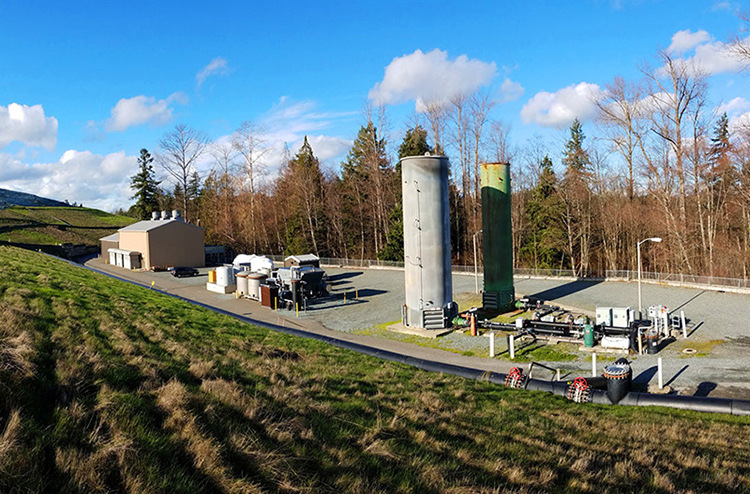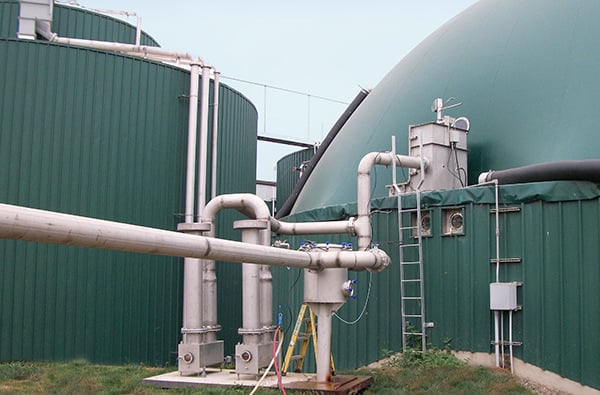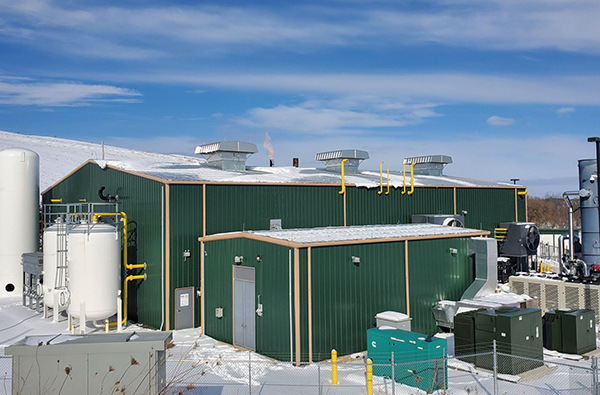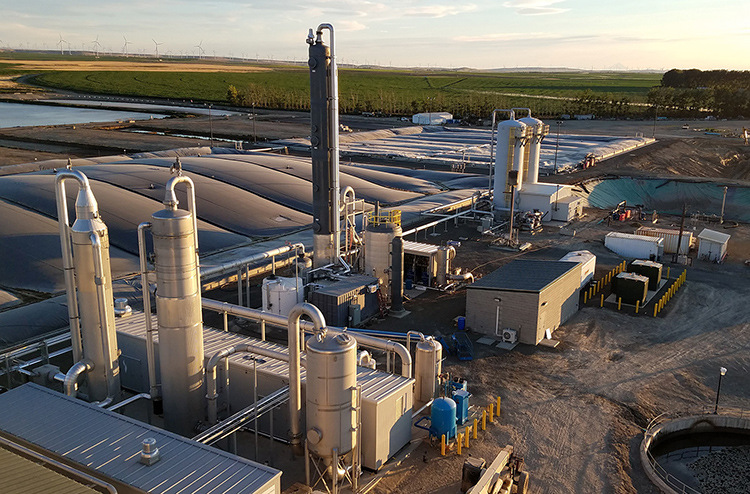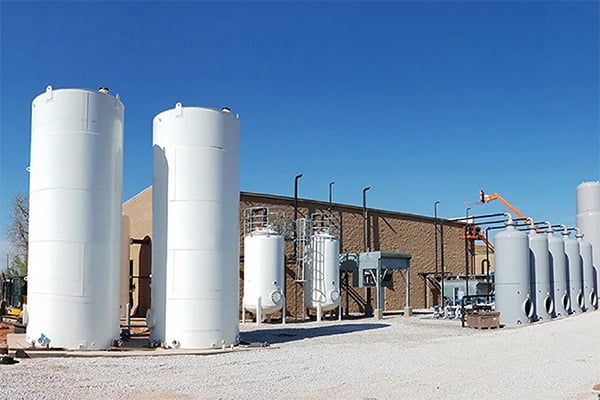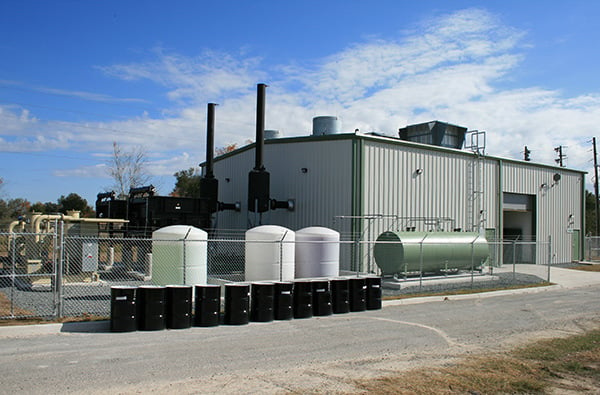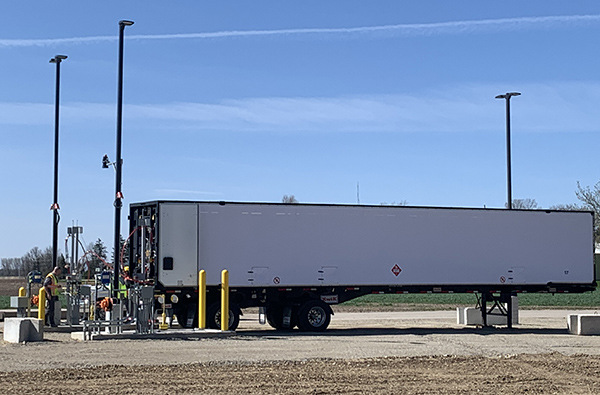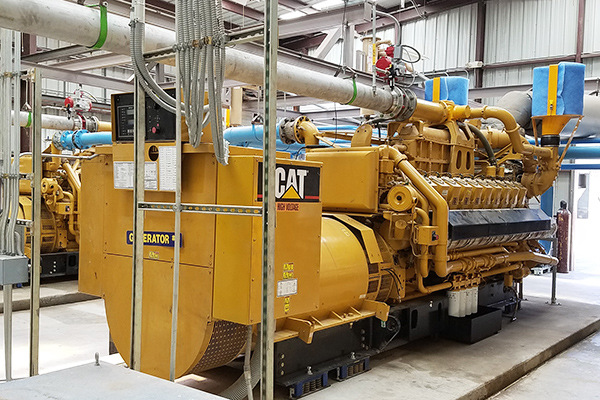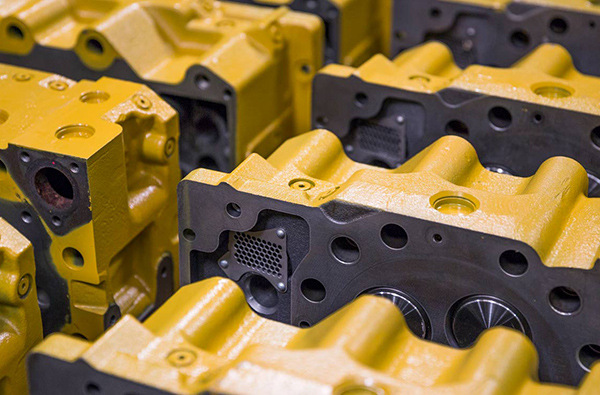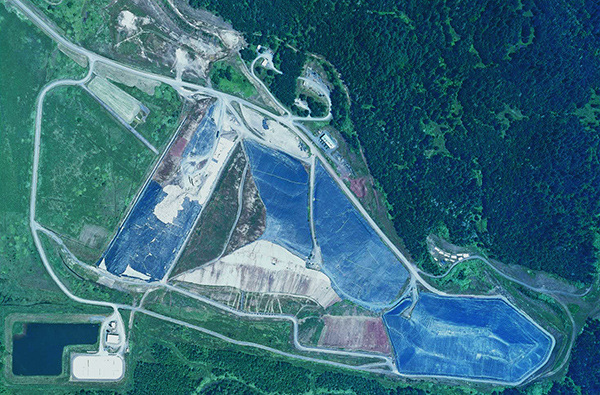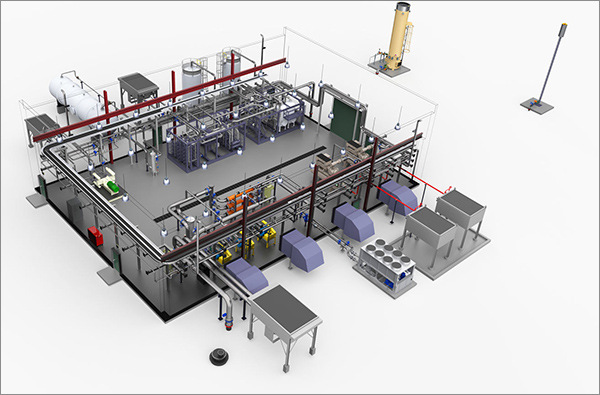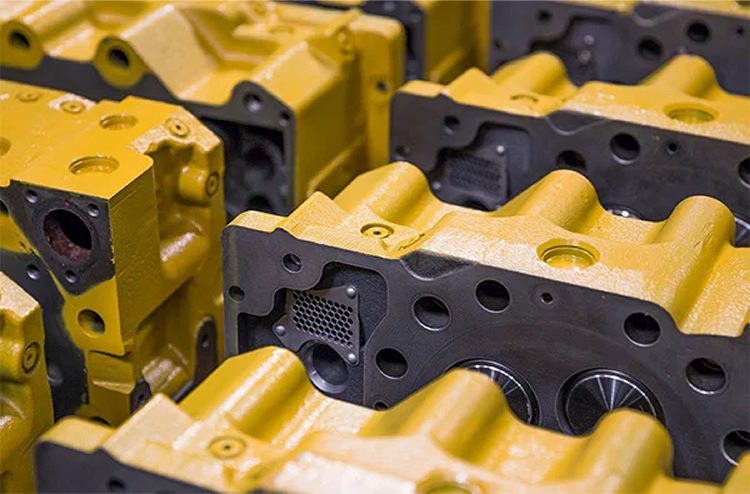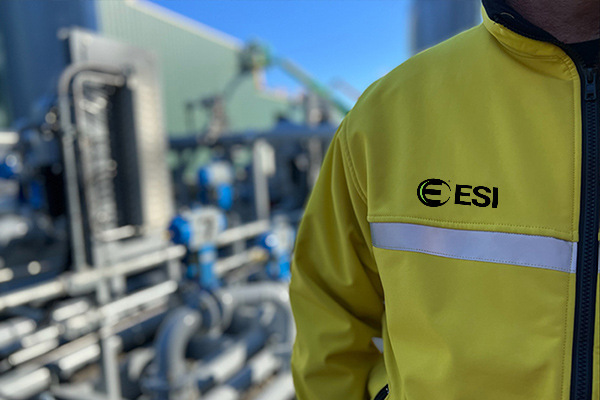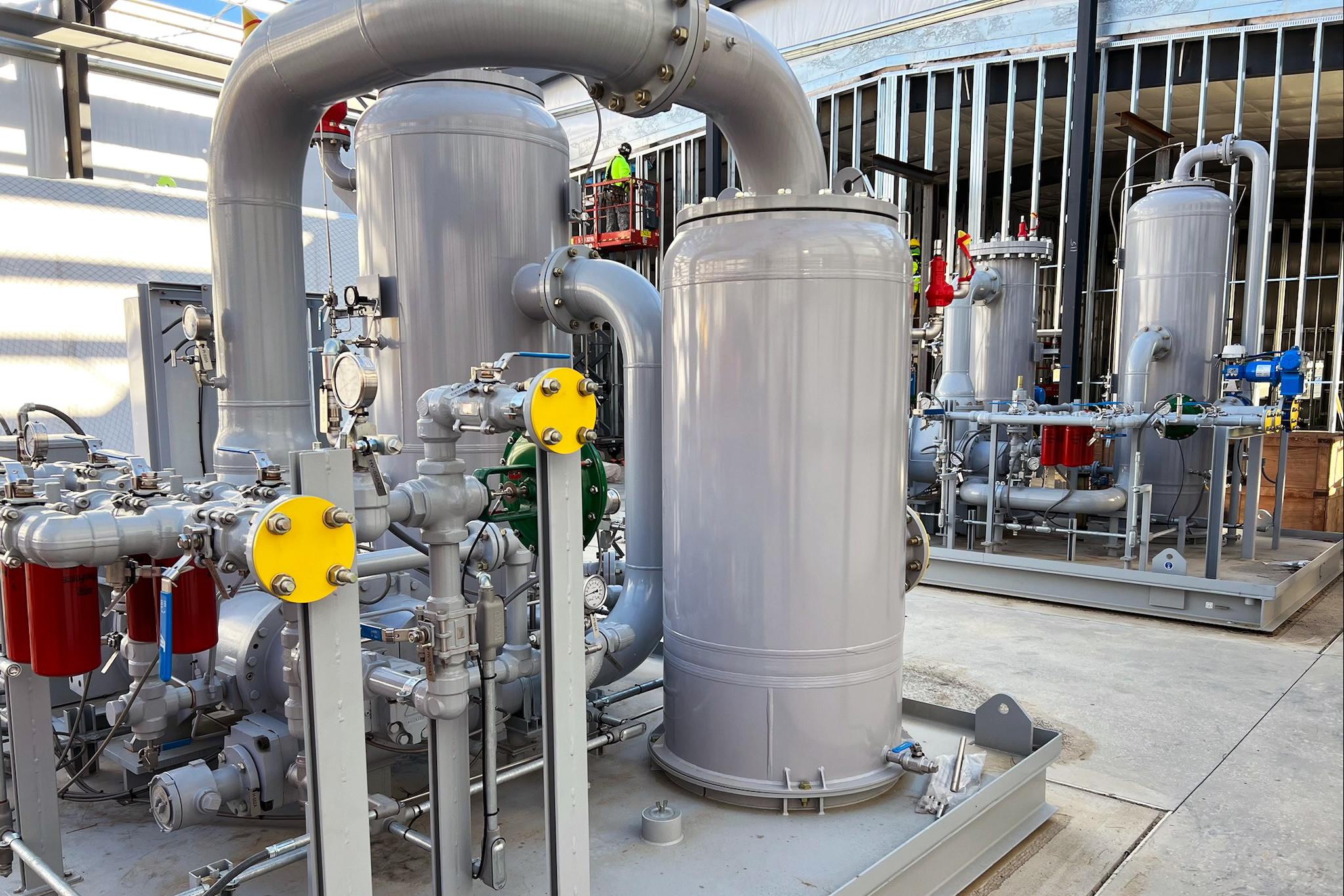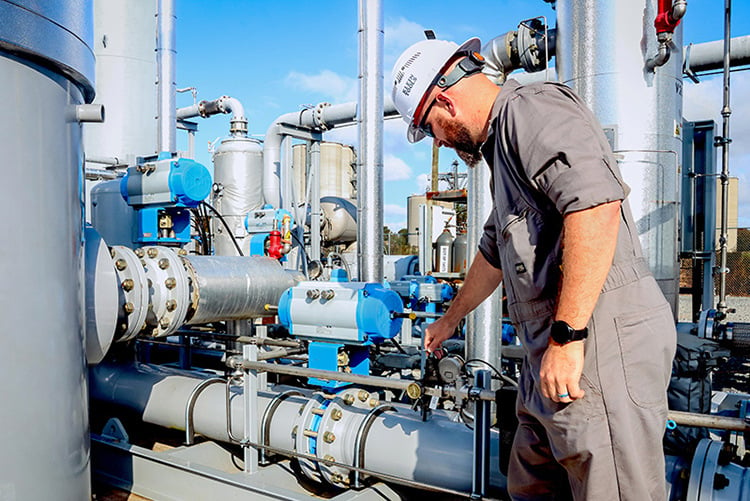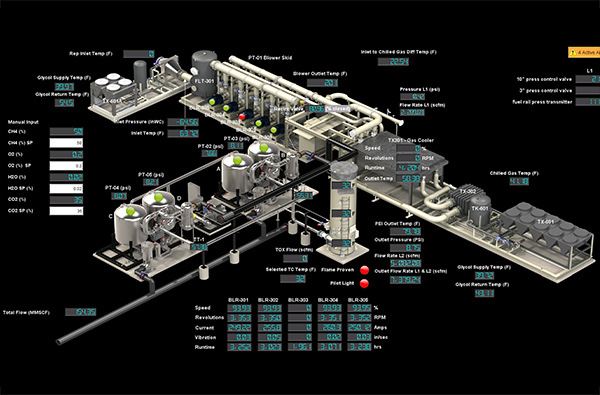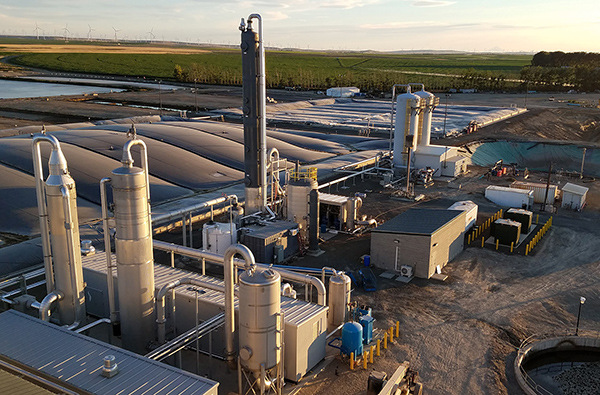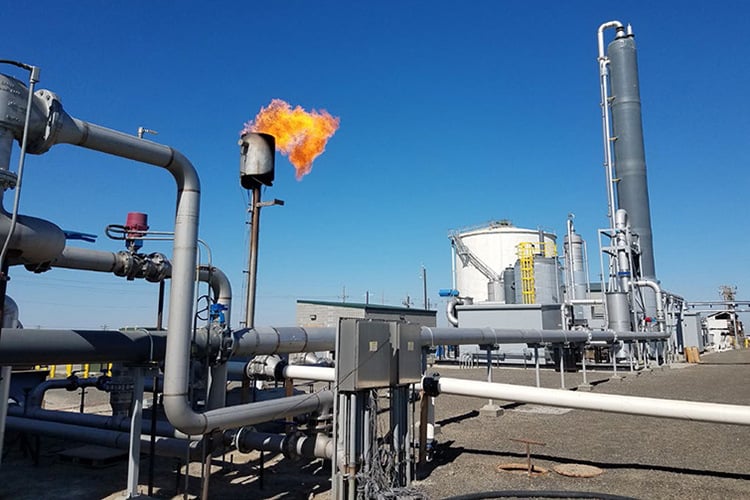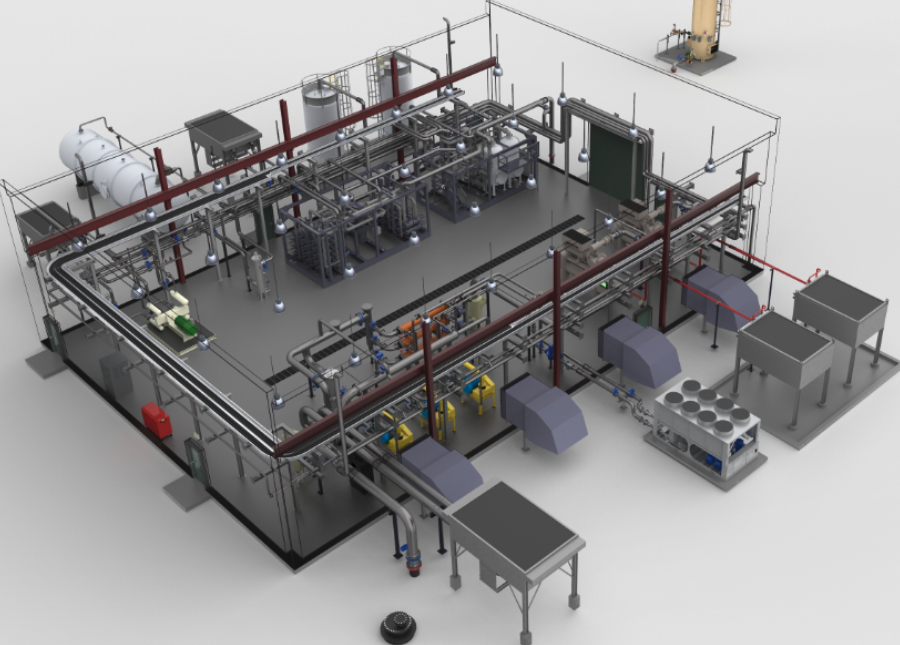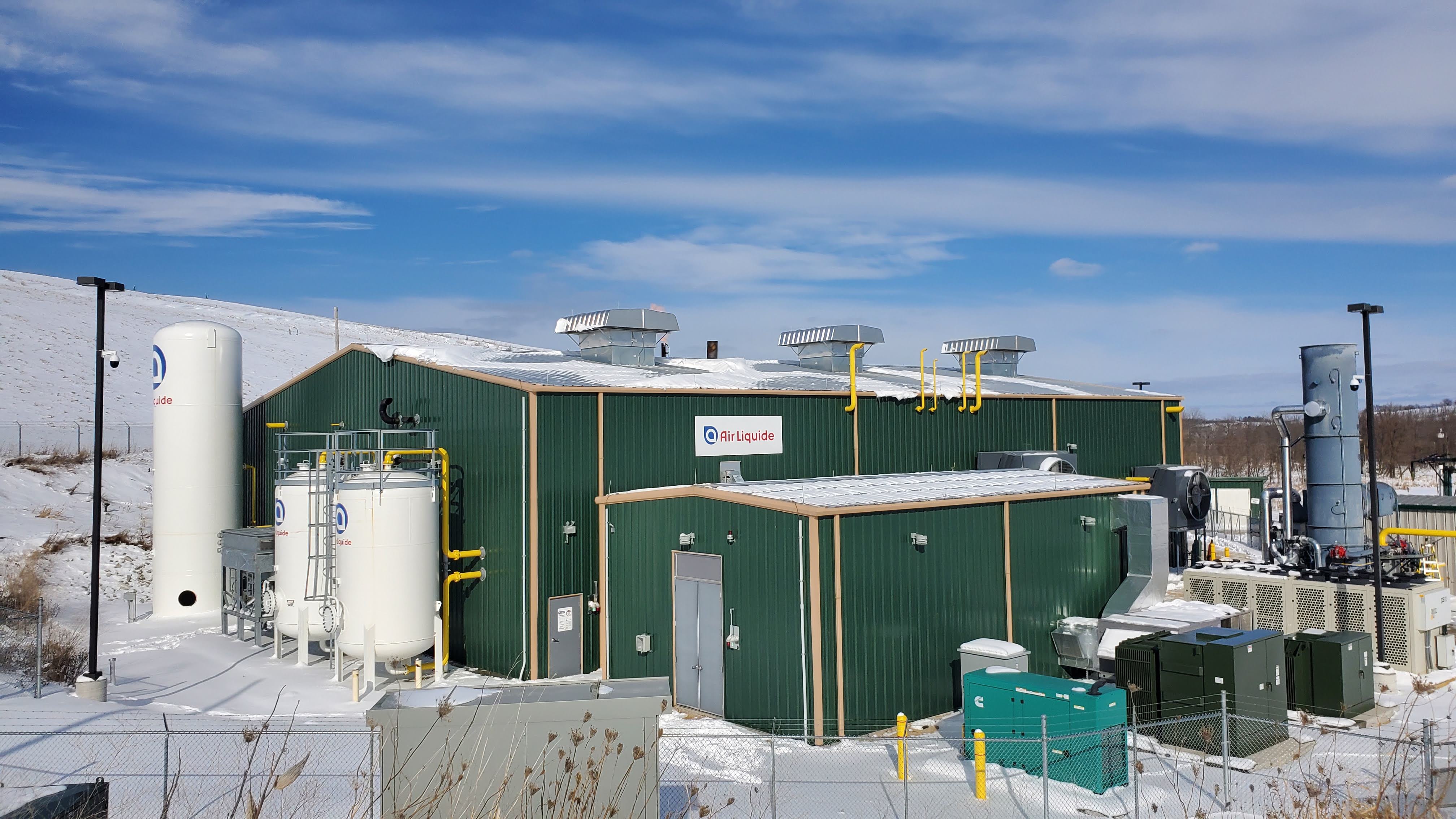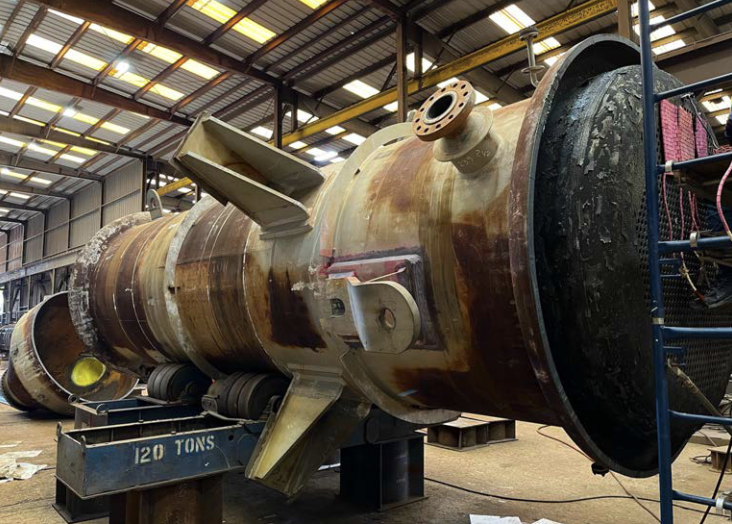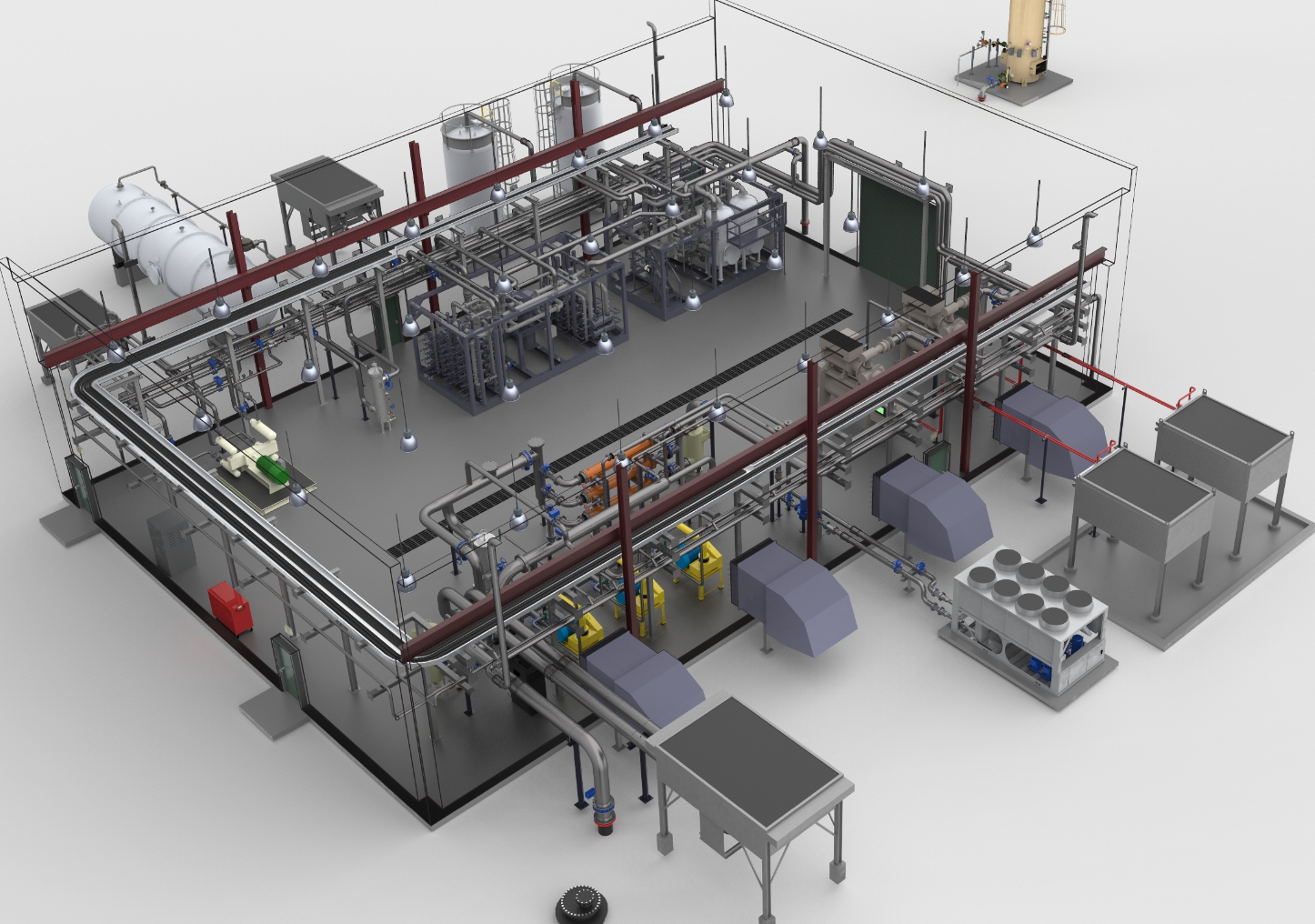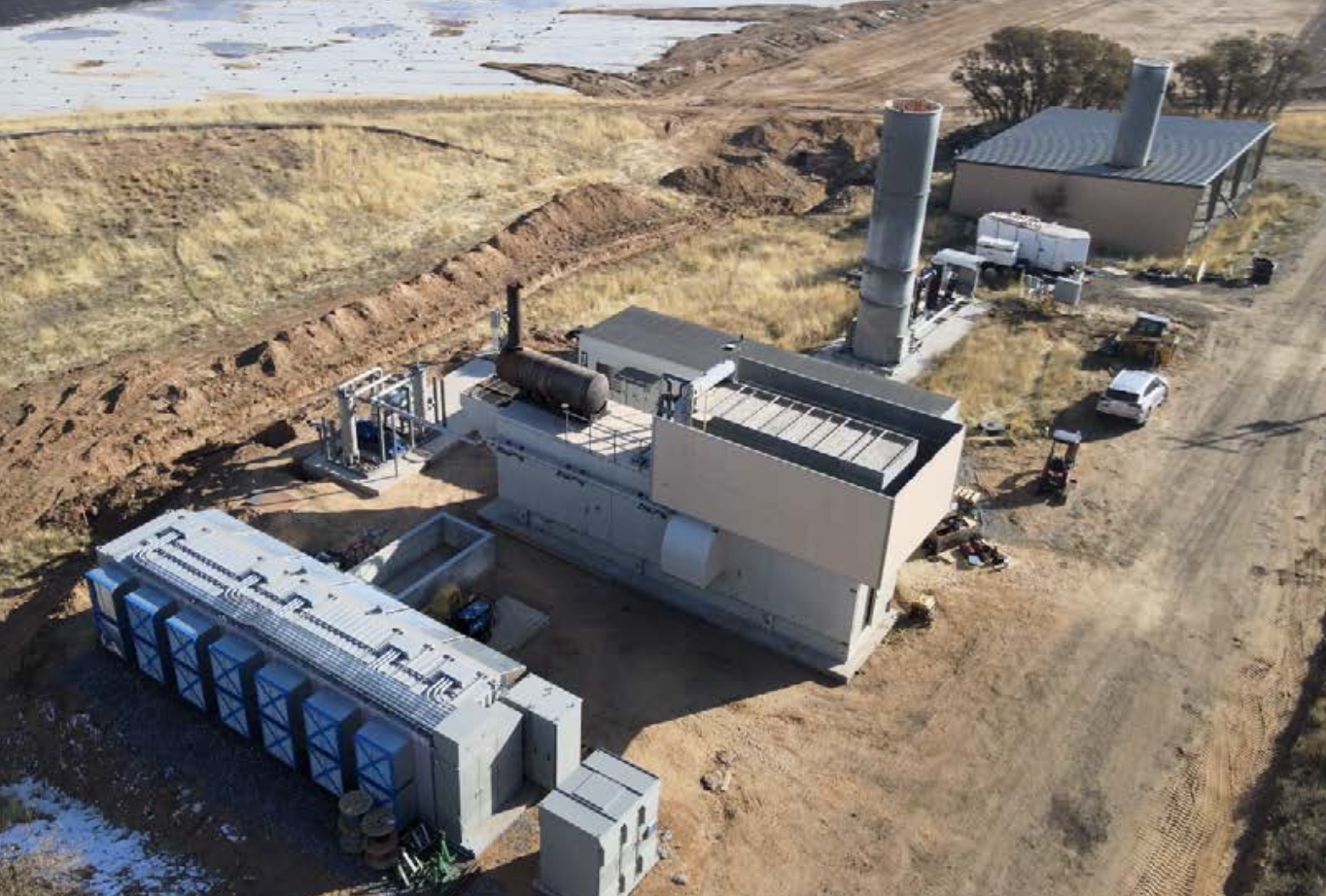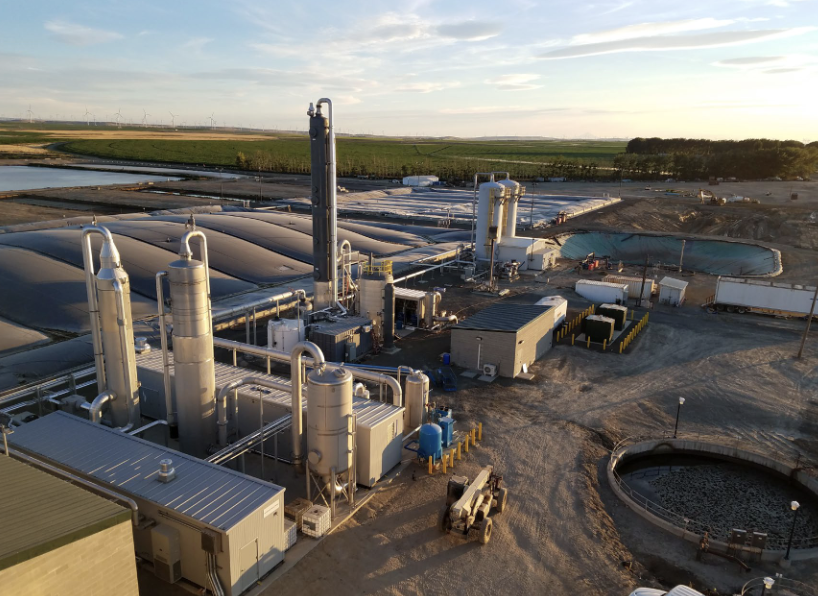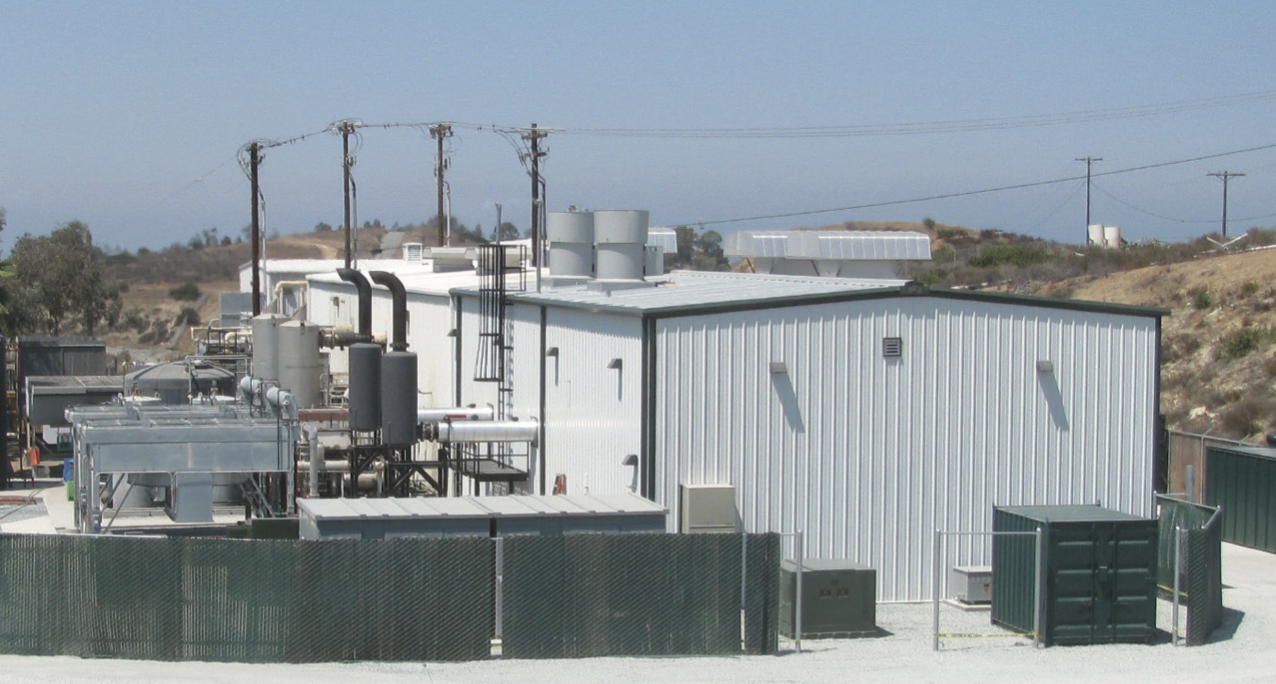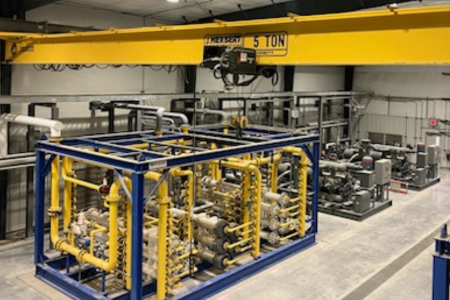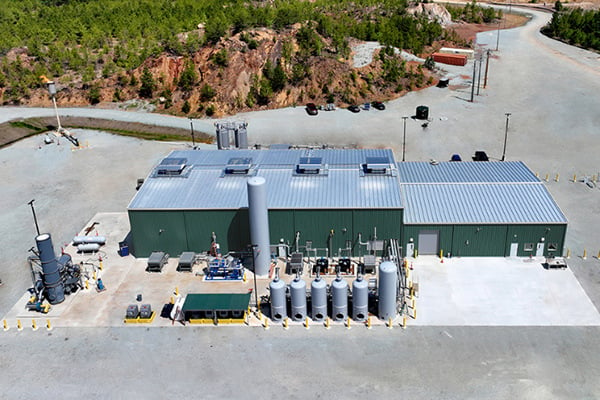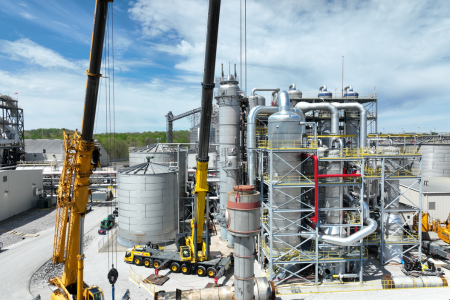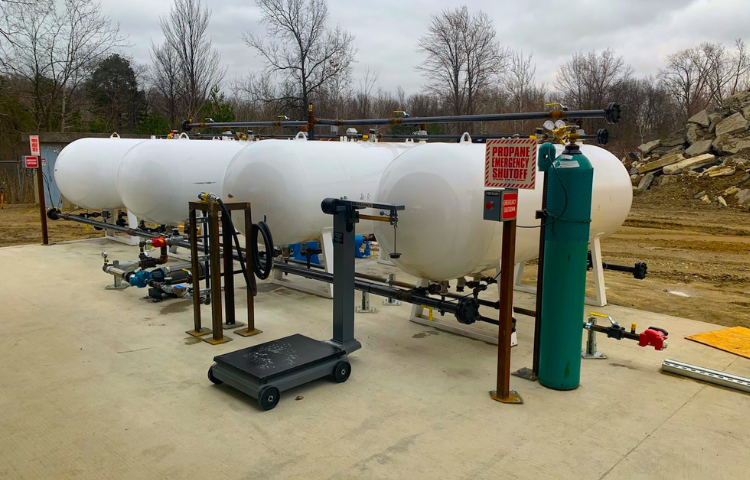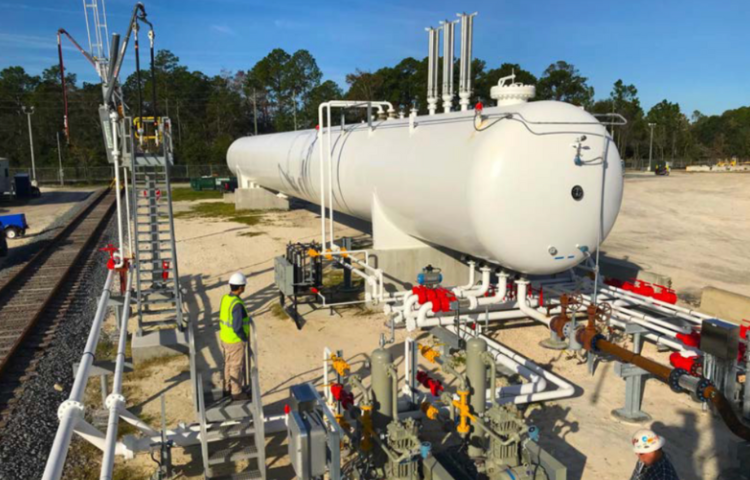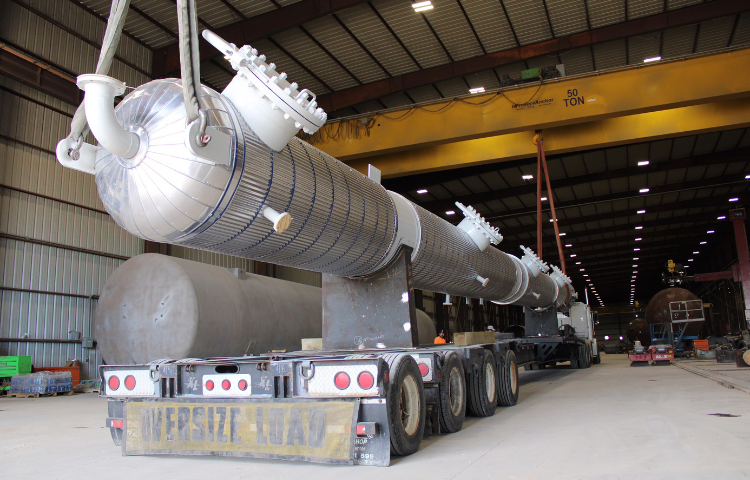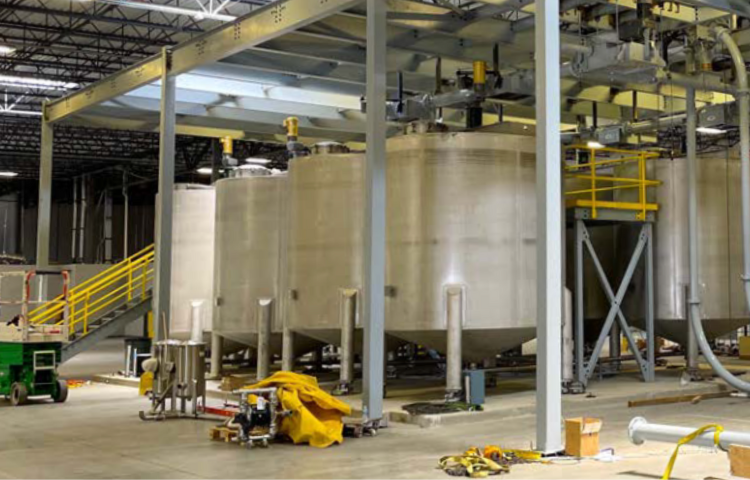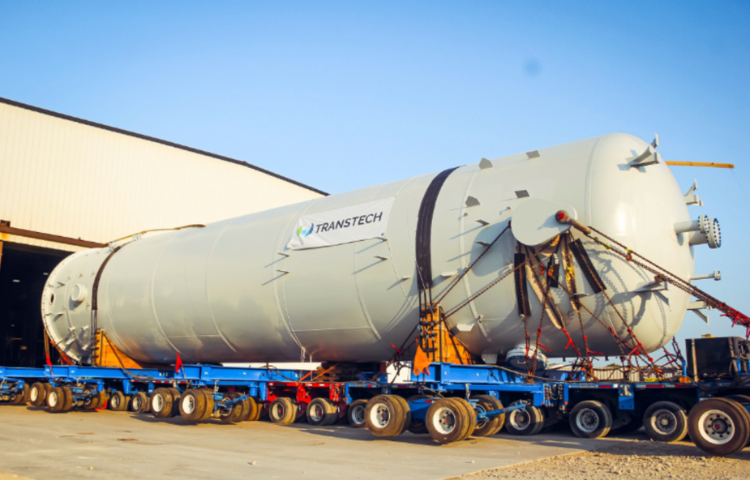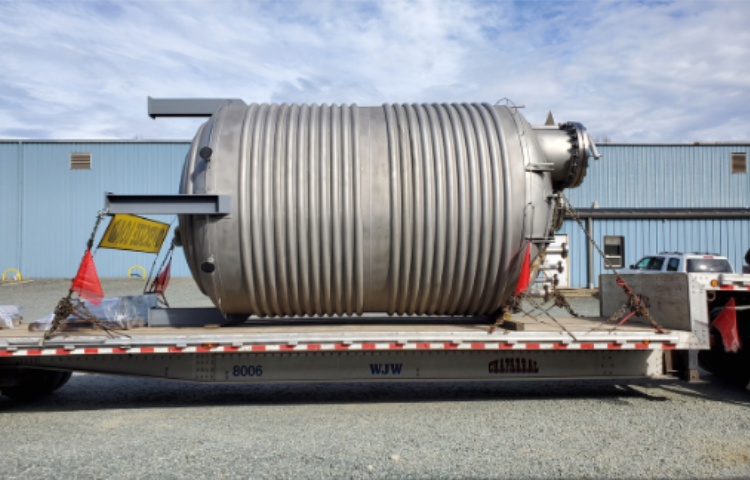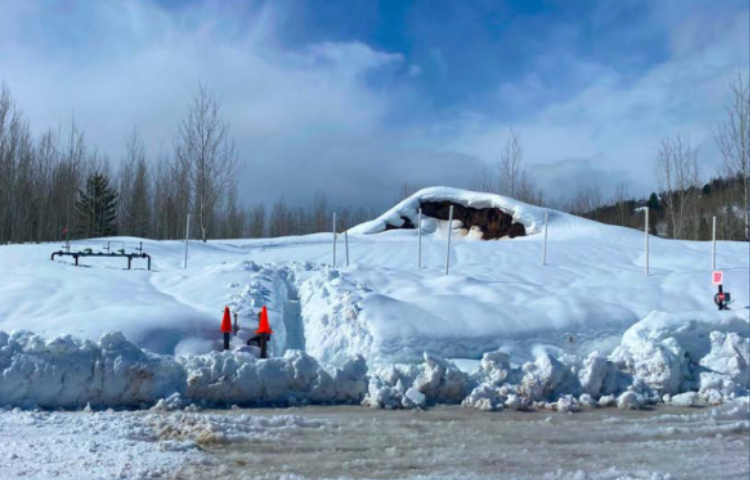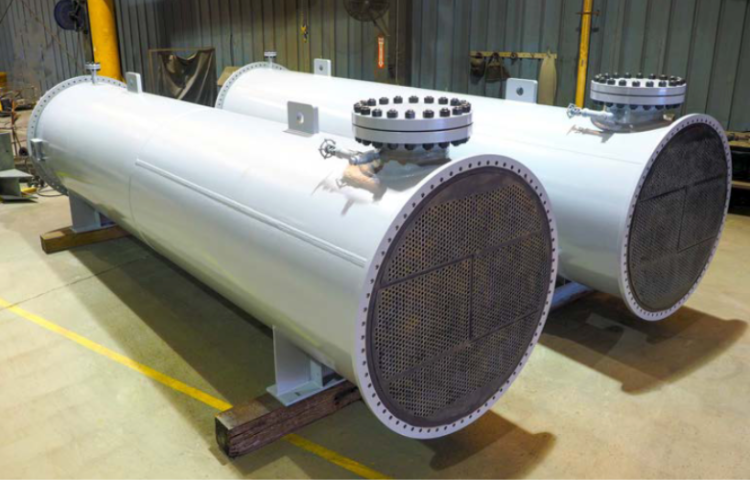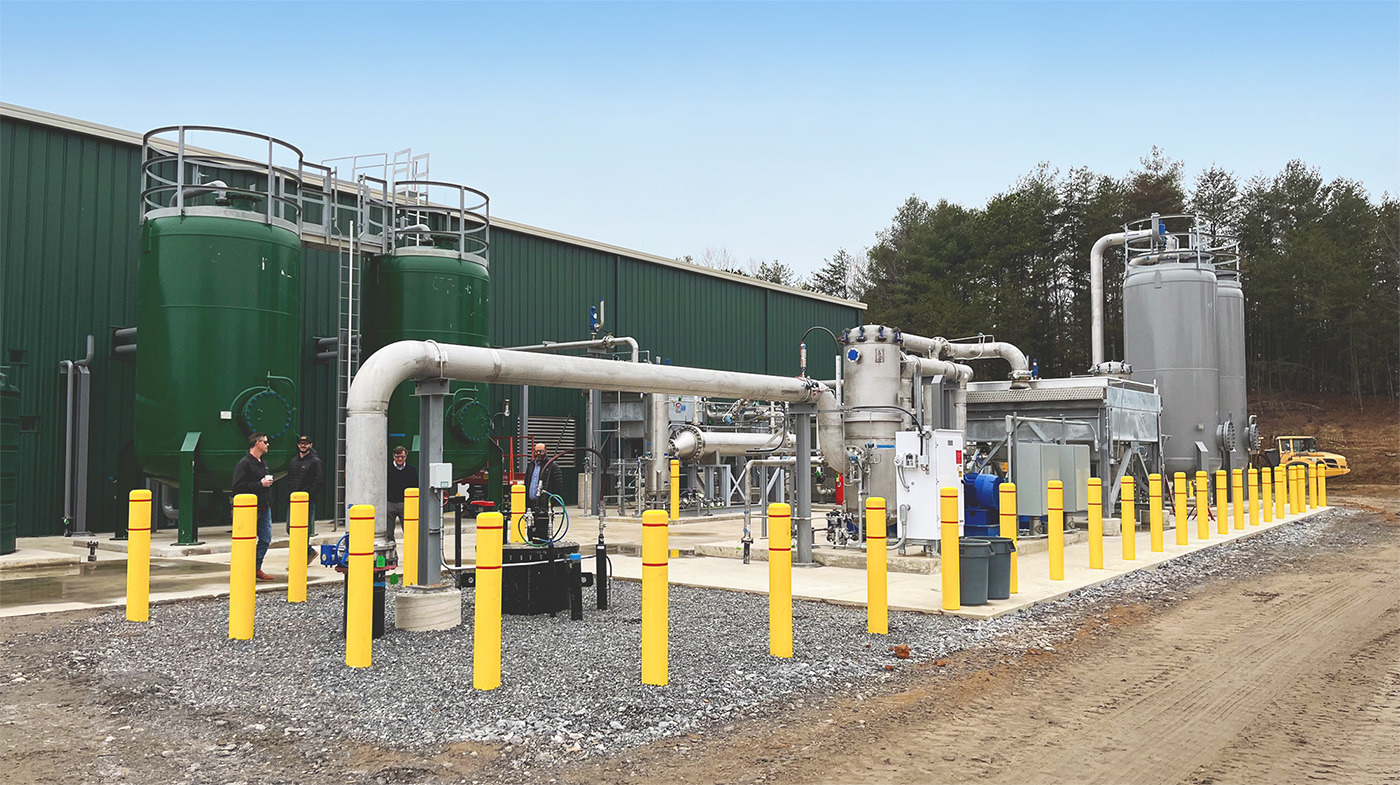
BIOGAS PROCESSING
Solutions for Heating, Cooling, Power Generation & Upgrading to RNG
BIOGAS PROCESSING
BIOGAS PROCESSING SPECIALIST
ESI is an industry leader in biogas processing facility engineering, design, and technical consulting, construction, operations & maintenance. We help owners, investors, developers, and municipalities convert raw biogas into high quality, medium-BTU fuel for immediate use in power generation, heating, and/or cooling applications—or ready for upgrading to high-BTU renewable natural gas.
Backed by decades of experience, ESI develops a broad range biogas resources including landfill gas (LFG), agricultural waste, animal waste, recycled organics, and other anaerobic digester sources, and brings a unique combination of innovative solutions, technical expertise, and deep experience to every project.
Regardless of the makeup of your fuel gas, ESI’s biogas experts will deliver optimal gas processing methods and equipment to maximize your ROI.
CONTACT US
Call us today to speak with one of our Biogas Processing specialists: (+1) 541-549-8766 or click to contact us below:
Advancing a Low-Carbon Future

Biogas Processing EXPERTISE
-
Raw Biogas Cleaning & TreatmentWhether biogas is produced from landfill gas collection or from anaerobic digestion, its composition is relatively consistent. Methane (CH4) and carbon dioxide (CO2) together account for the bulk of the gas, accompanied by various impurities including oxygen (O2), hydrogen (H2), ammonia (NH3), water (H20), hydrogen sulfide (H2S), and others.
Oil, dirt, and dust particles, halogenated hydrocarbons, siloxanes, and other volatile organic compounds (VOC’s) may also be present.
Regardless of whether biogas will be used for power generation, heating or cooling - or will be further upgraded to RNG - impurities will need to be removed, to a greater or lesser extent, depending on the end-use/application. Even the simplest applications benefit from clean, dry gas—which delivers higher energy content and extends the life of equipment.
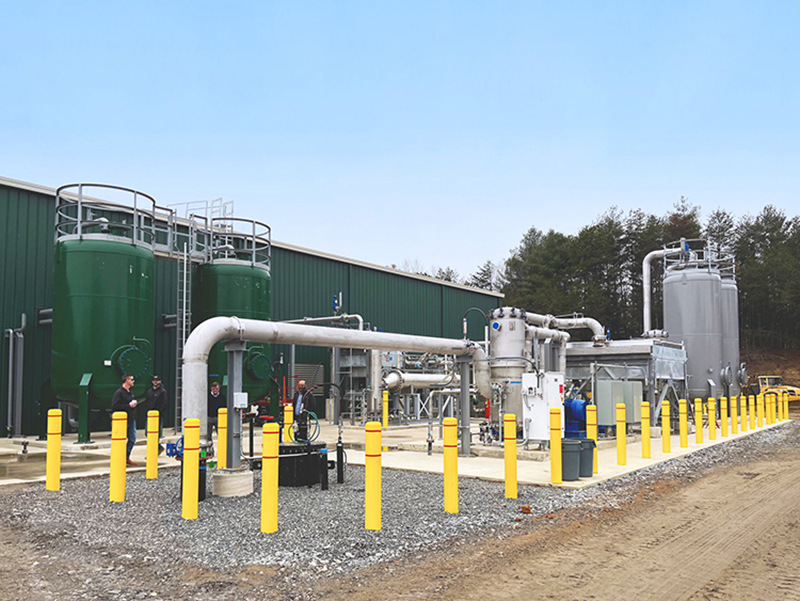
-
Power Generation, Heating, CoolingWhen utilized for electricity generation, heating and/or cooling applications, CO2 removal is not required. However, water and H2S will invariably need be removed.
If moisture is present, H2S can quickly convert to sulfuric acid leading to engine damage, and ultimately, high maintenance and repair costs. H2S removal also lowers toxic sulfur dioxide emissions during combustion.
Water vapor on the other hand, can condense to water—or form ice—both of which can lead to corrosion and/or clogging, causing potential equipment damage, and even facility shutdown. Additionally, by lowering the proportion of water, methane content by volume is proportionally increased, raising calorific gas value.
Effective dehumidification not only eliminates water vapor, but also reduces ammonia, halogenated hydrocarbons, and siloxanes.
By utilizing biogas prefiltration followed by H2S scrubbing systems and adsorption dehumidifiers, these unwanted compounds are removed, leaving clean-burning, dry biogas ready for utilization in electricity generation, heating, and cooling applications.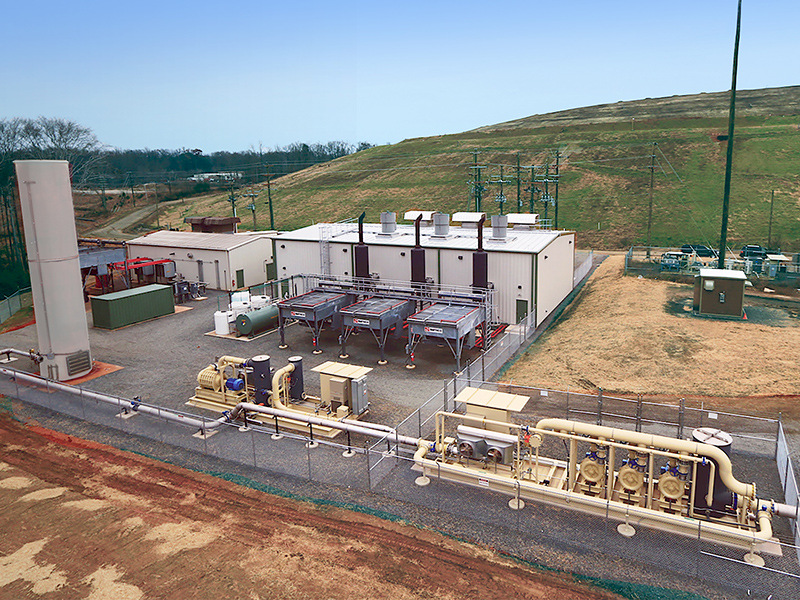
-
Particulate FiltrationA first-step for all raw biogas is particulate pre-filtration. Regardless of the application, a course particulate filter that eliminates dust, dirt and other suspended particles is essential to protection of downstream equipment and piping.
As the first line of defense, particulate pre-filters encounter biogas in its most caustic form, which demands that both filter and housing be constructed to withstand corrosive contaminants within the gas.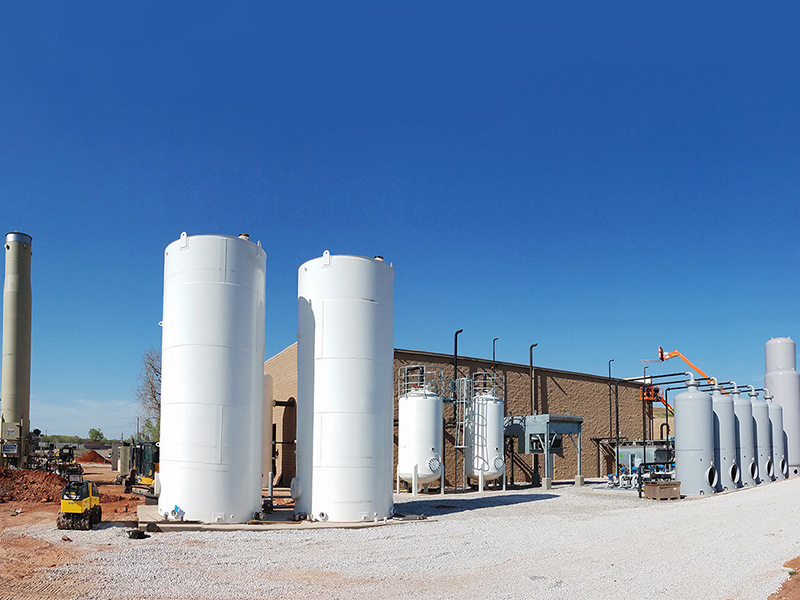
-
H2S Removal: DesulphurizationThere are a variety of processes available for H2S removal, also known as desulphurization, including:
• Biological oxidation
• Carbon filtration
• Chemical adsorption
• Physical adsorption
ESI's team of experts will evaluate your unique project needs to determine the optimal solution for your application.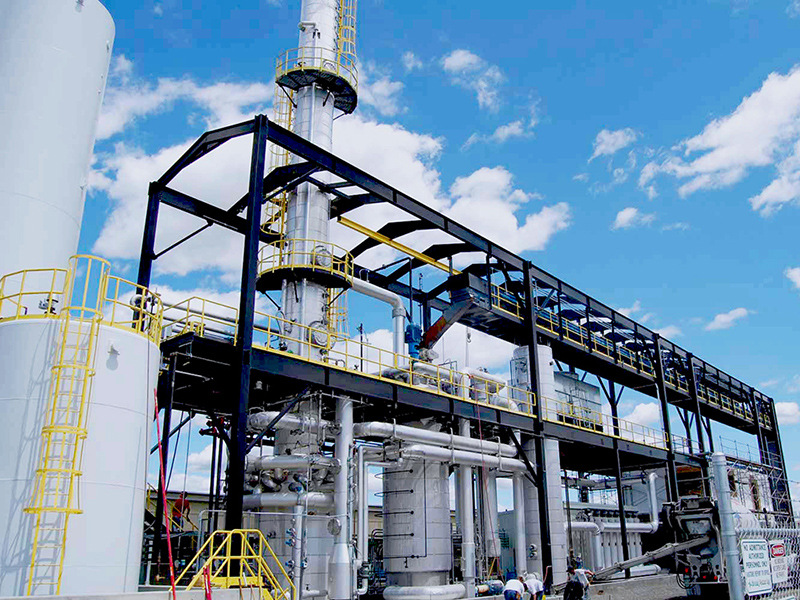
-
H2O Removal: DehumidificationWhile there are many methods of dehumidification, these fall into two general categories: condensation methods and dehydration.
Condensation methods include:
• Underground piping/passive condensation
• Hydroclones
• Condensate pots
• Droplet separators/demisters
• Vacuum Pressure Swing Adsorption (VPSA) • Pressure Swing Adsorption (PSA)
Dehydration methods include:
• Cooling / Heat exchangers
• Adsorption - Silica gel, activated carbon, zeolite
• Dehy unit – TEG, glycol (DEG)
• Heating
Our team of biogas processing experts will evaluate your unique project needs to determine the optimal solution for your application.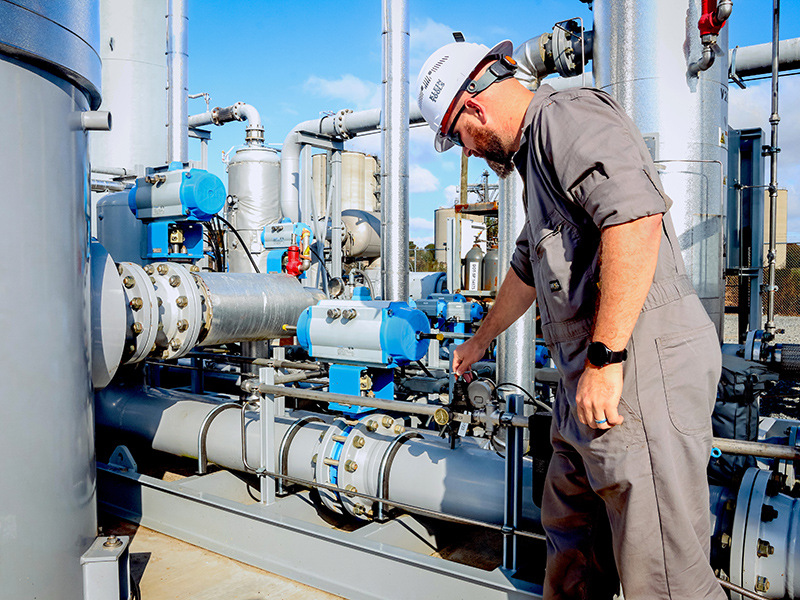
-
Renewable Natural Gas (RNG)Further biogas processing to eliminate Carbon Dioxide (CO2) can support the production of pipeline quality biomethane, also known as renewable natural gas (RNG). Learn about biogas upgrading here.
Backed by decades of experience, ESI delivers a distinct advantage by delivering a unique combination of innovative solutions, technical expertise, and deep experience essential to successful biogas processing project execution.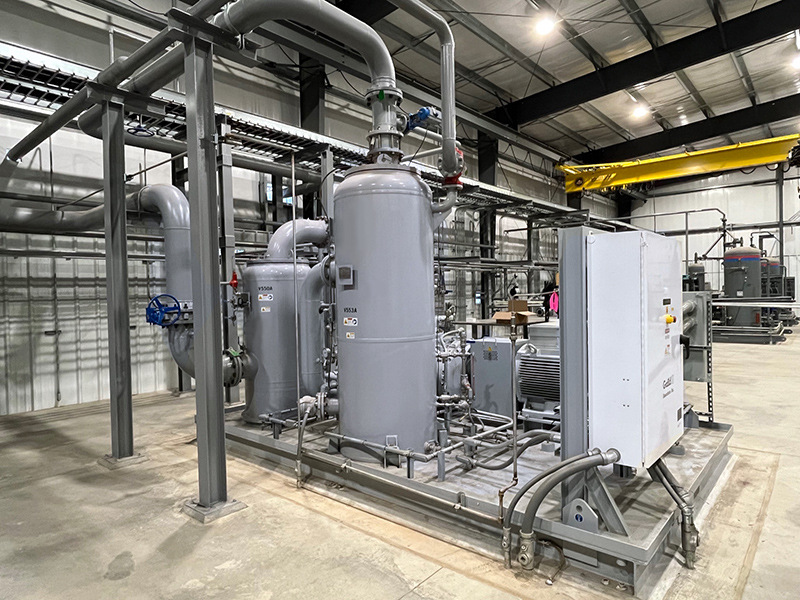
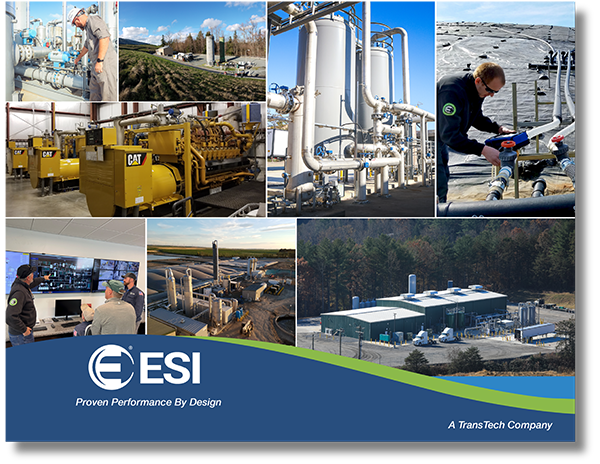
FREE Biogas-to-RNG Solutions Overview
Get a complete overview of our
Biogas-to-RNG Solutions including:
- A Company & Capabilities
- Services Overview
- Three Detailed LFG-to-RNG Project Case Studies
- More
Proven Performance By Design
We Know Biogas Processing



